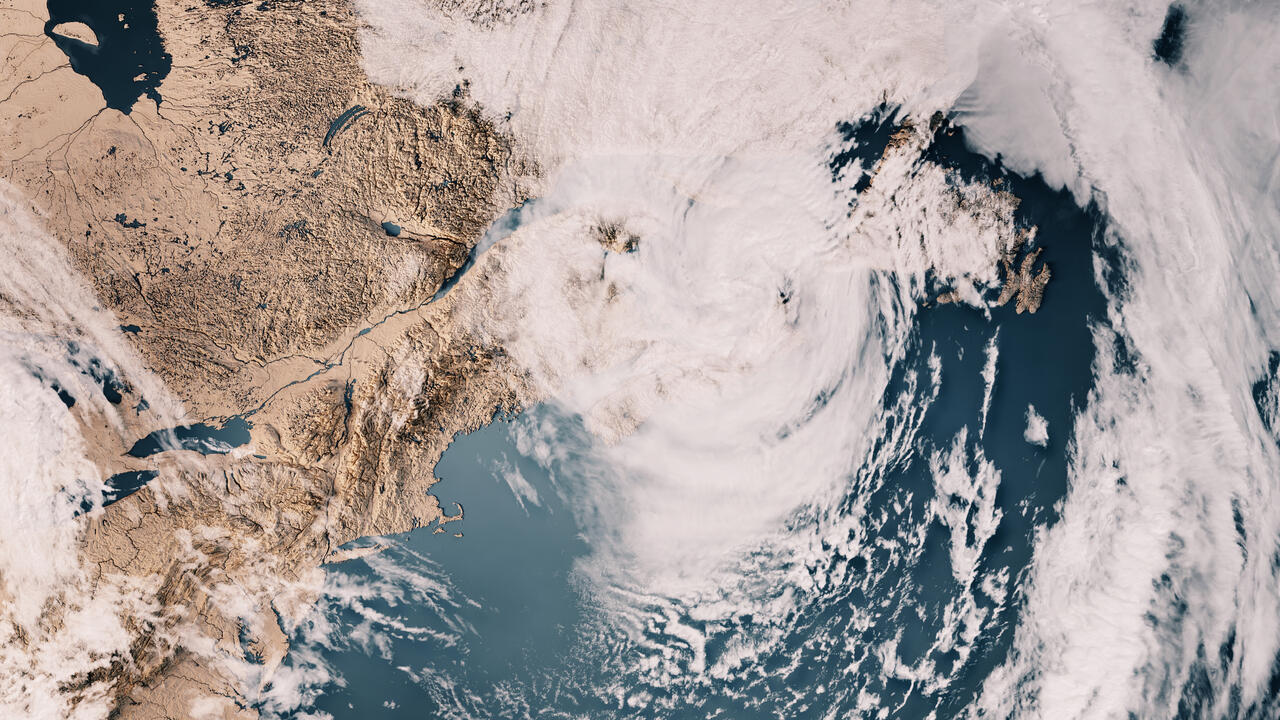
Q and A with the experts: Hurricane Fiona recovery and the next big storm
Increase in storm frequency and magnitude would make it difficult for the dunes to recover

Increase in storm frequency and magnitude would make it difficult for the dunes to recover
By Media relationsAs we approach the first anniversary of hurricane Fiona, hurricane Lee is tracking to hit the Atlantic coast.
Dr. Chris Houser, dean of the Faculty of Science at the University of Waterloo, is an expert in coastal erosion. Alongside his citizen-science project, Coastie Canada, he studies how post-Fiona recovery is progressing and how this year’s storms will affect the already-damaged eastern coast of Canada.
What was the immediate effect of hurricane Fiona on dunes and beaches in Atlantic Canada, and what condition are they in now?
Fiona made landfall in the Atlantic provinces with large storm waves and elevated storm surge along the north shore of PEI. The result was extensive loss of the beach and dune across the region. With the support of citizen scientists participating in the Coastie program the erosion of the dune line in PEI by up to 15 metres was recorded, as was the first year of recovery of the beach and dune.
What effect is another hurricane likely to have on the shoreline’s natural ability to recover?
Dunes are an important natural barrier and source of sediment that regulates how the coast responds to storms and sea level rise. The ability of the dune to provide protection depends on its ability to recover from the last storm, which can take several years depending on the amount of erosion during the last storm and the rate at which the sand is returned to the beach between storms. The apparent increase in storm frequency and magnitude will make it difficult for the dunes to recover, and we may be observing the start of one step forward of recovery and two steps back that could alter that environment dramatically.
What’s at stake if the coastline is unable to recover?
If the dunes are unable to recover in height and extent, we will see their slow loss of sediment with each storm and ultimately the surge will break through the dune line leading to loss of habitat, damage to infrastructure and personal property, and disruption to local communities. However, recovery of the dunes and the managed retreat of the coastline will require innovative management strategies to limit impact to infrastructure, property and livelihoods.
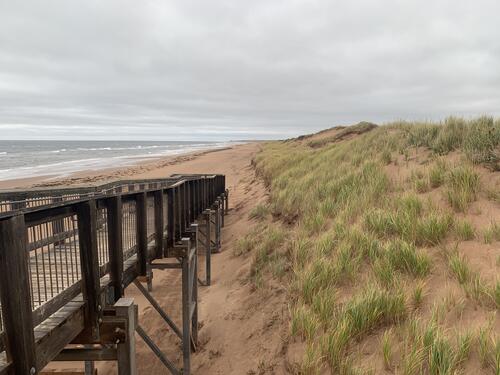
Brackley Beach, P.E.I. a couple of days before hurricane Fiona made landfall. (Coastie Canada)
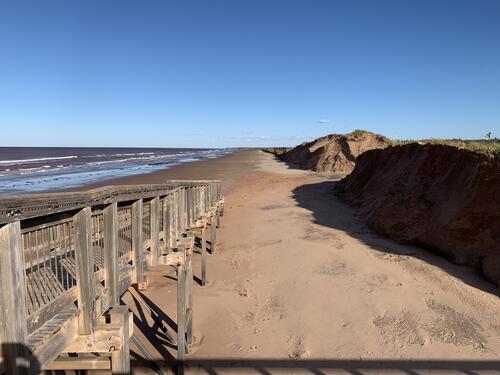
The same location at Brackley Beach, P.E.I. two days after hurricane Fiona hit. (Coastie Canada)
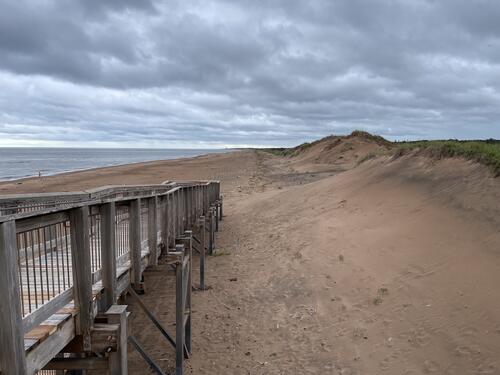
The same location at Brackley Beach, P.E.I. on September 13, 2023. (Coastie Canada)
This series is produced for the media, and its purpose is to share the expertise of UWaterloo researchers. To reach this researcher, please contact media relations.
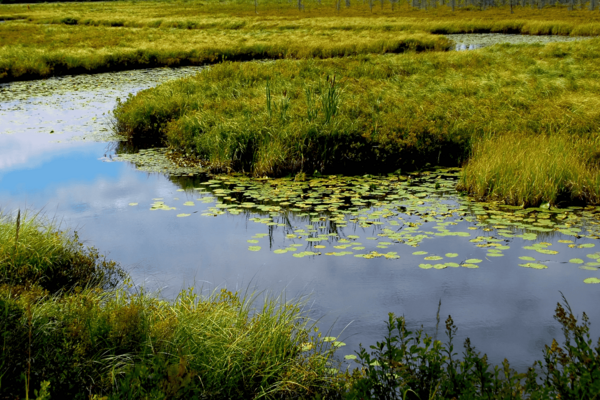
Read more
Waterloo research is leading the fight against an invasive plant threatening Ontario wetlands
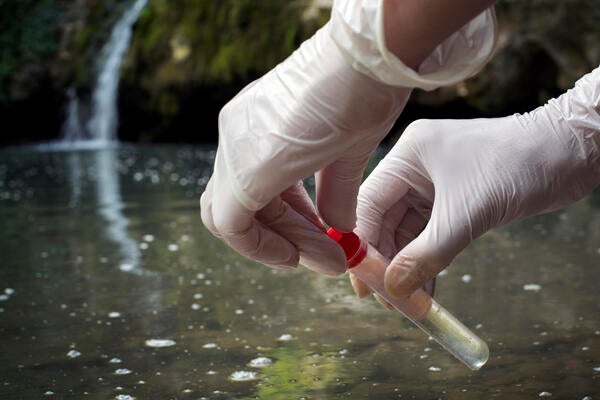
Read more
Wastewater monitoring indicates early upward trends in COVID-19 and Influenza

Read more
The InnoHK Centre for Eye and Vision Research aims to bring eye and vision research to market through Waterloo-Hong Kong partnership
The University of Waterloo acknowledges that much of our work takes place on the traditional territory of the Neutral, Anishinaabeg, and Haudenosaunee peoples. Our main campus is situated on the Haldimand Tract, the land granted to the Six Nations that includes six miles on each side of the Grand River. Our active work toward reconciliation takes place across our campuses through research, learning, teaching, and community building, and is co-ordinated within the Office of Indigenous Relations.